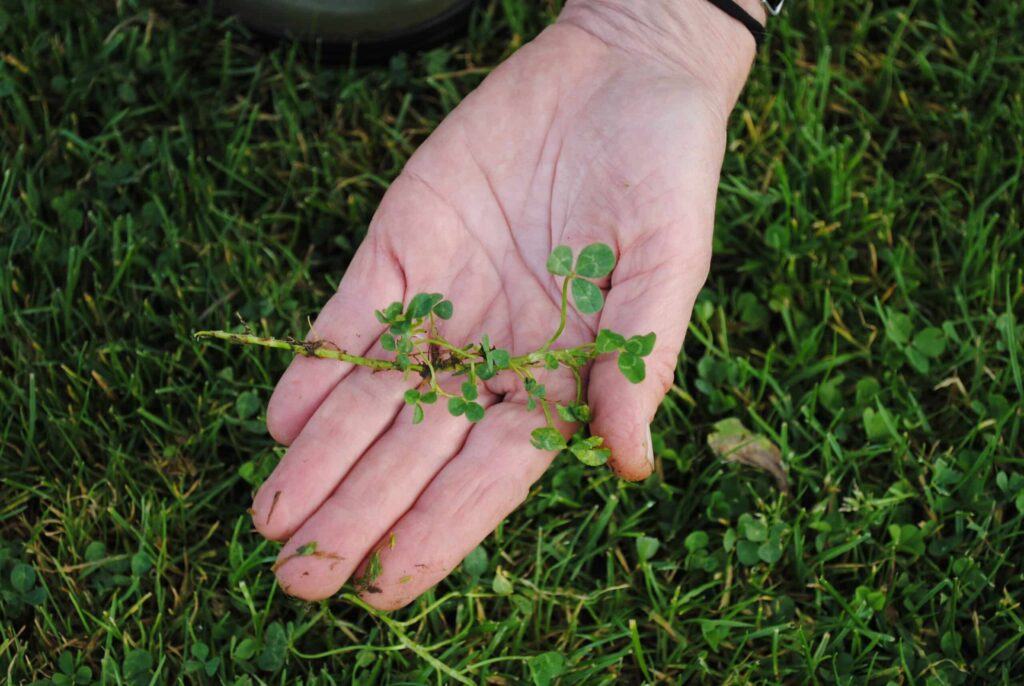In pursuit of the UN’s sustainability objectives, municipalities are actively seeking innovative approaches to enhance the eco-friendliness of various operations, including the maintenance of green spaces and sports turf areas, both for recreational use and semi-elite sport.
As responsible contributors to the seed industry, it falls upon us to offer feasible solutions to our customers aligned with these goals.
A promising avenue lies in the incorporation of specially developed dwarf white clovers that coexist harmoniously with turf grass. These microclovers exhibit a unique characteristic – they maintain a low growth profile when mowed, integrating smoothly with turf to create a dense, uniform appearance. What sets them apart is their ability to fix nitrogen from the air, acting as a natural fertilizer for both clover and grass. This natural nitrogen fixation reduces the reliance on external nitrogen fertilizers, ensuring a consistent nutrient supply while reducing the risk of nitrogen runoff. Consequently, there’s a decline in artificial fertilizer usage, while maintaining or potentially enhancing the quality of grass areas, even where fertilization isn’t typically practiced.
Introducing microclover to lawns contributes significantly to improved sustainability practices. This addition reduces the environmental impact by alleviating pressure on water resources, minimizing maintenance efforts, and decreasing the necessity for herbicides.
Crucially, the effectiveness of such solutions is rigorous real-world testing on sports fields where micro-clover is introduced through overseeding. Additionally, the satisfaction of athletes, who directly experience the playing conditions, becomes a vital metric for evaluating the efficacy of areas with micro-clovers versus those without. Their feedback is instrumental in refining and optimizing this approach, aligning sustainability efforts seamlessly with performance expectations.
Beyond just introducing a product, the focus should encompass comprehensive guidance for the establishment and maintaining these solutions. This multifaceted approach not only enhances the product’s credibility but also empowers municipalities with the knowledge and tools needed to seamlessly integrate sustainable practices into maintenance routines. Recommendations for establishment and maintenance must adapt to diverse environmental conditions prevalent in real-world scenarios.
In essence, the journey towards sustainable sports turf maintenance is not just about product delivery but about crafting a proven, comprehensive framework. Testing, user feedback, and robust maintenance guidance are the cornerstones of a successful strategy that not only meets sustainability objectives but also elevates the overall quality of municipal green spaces.






